Polyisobutylene Market Summary
As per Market Research Future analysis, the Polyisobutylene Market (PIB) Market Size was estimated at 2.285 USD Billion in 2024. The PIB industry is projected to grow from 2.429 USD Billion in 2025 to 4.475 USD Billion by 2035, exhibiting a compound annual growth rate (CAGR) of 6.3% during the forecast period 2025 - 2035
Key Market Trends & Highlights
The Polyisobutylene Market (PIB) market is poised for growth driven by sustainability and technological advancements.
- North America remains the largest market for Polyisobutylene Market, driven by robust demand in various applications.
- The Asia-Pacific region is emerging as the fastest-growing market, reflecting increasing industrial activities and consumer demand.
- High Molecular Weight PIB continues to dominate the market, while Medium Molecular Weight PIB is witnessing rapid growth due to its versatility.
- Rising demand for adhesives and sealants, coupled with expansion in the automotive sector, serves as a key driver for market growth.
Market Size & Forecast
| 2024 Market Size | 2.285 (USD Billion) |
| 2035 Market Size | 4.475 (USD Billion) |
| CAGR (2025 - 2035) | 6.3% |
Major Players
BASF SE (DE), Chevron Phillips Chemical Company (US), Kraton Corporation (US), LyondellBasell Industries (US), TPC Group (US), Mitsui Chemicals, Inc. (JP), Evonik Industries AG (DE), SABIC (SA)
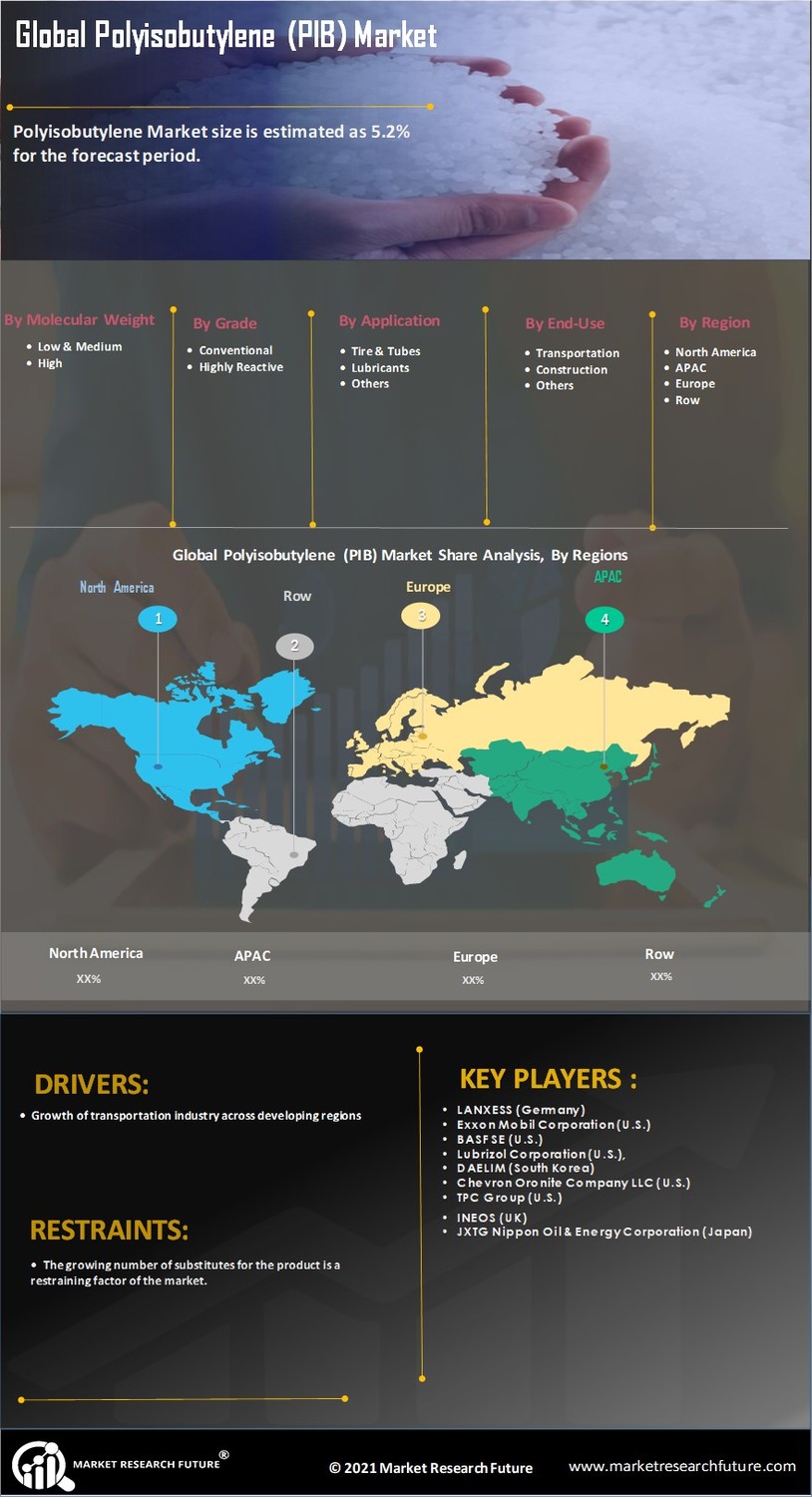

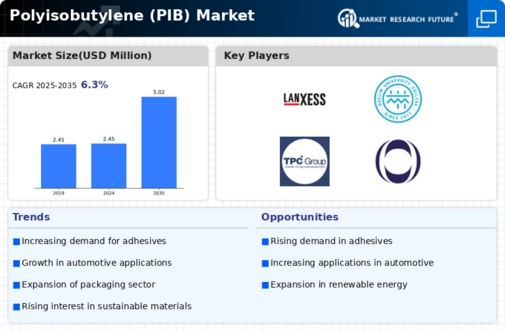


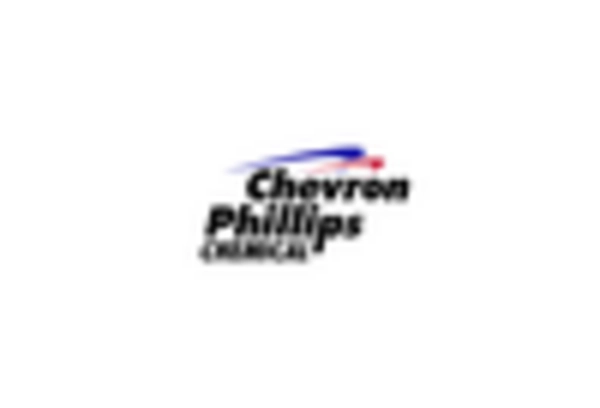
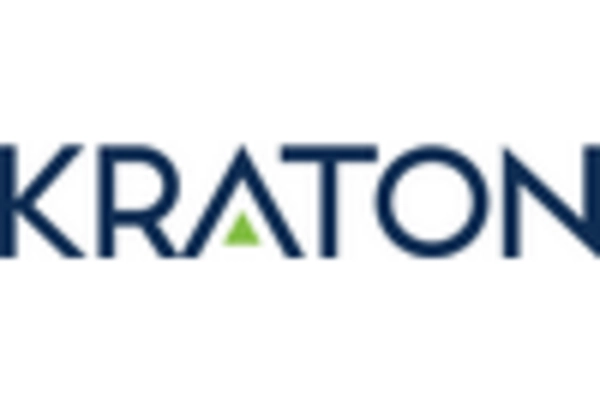
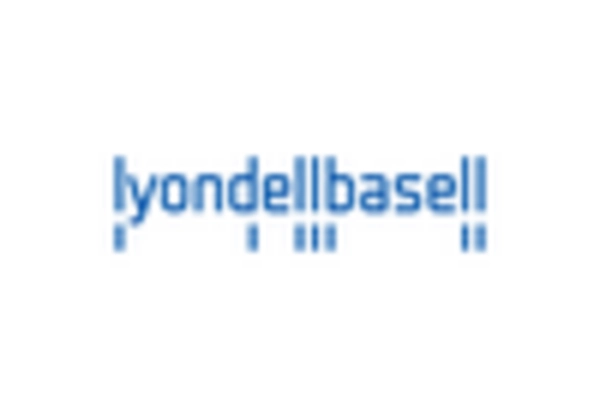
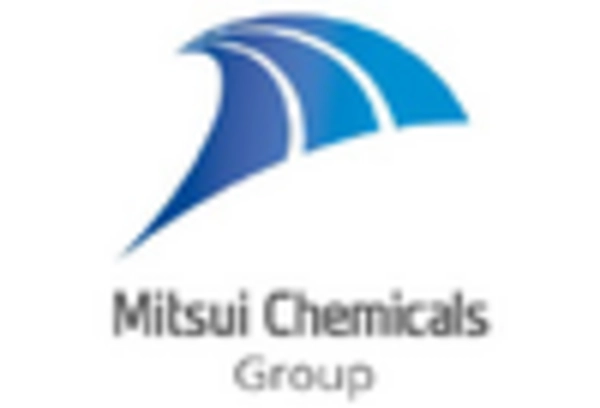
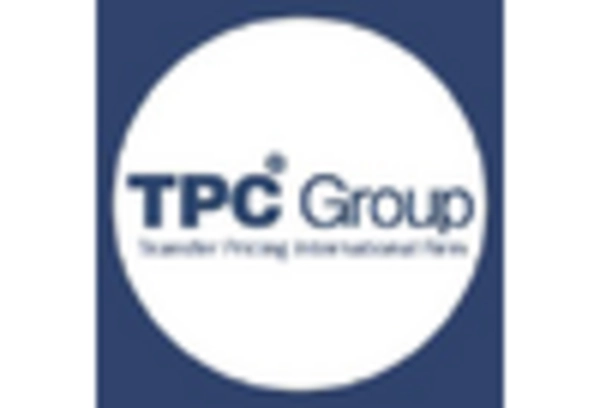








Leave a Comment